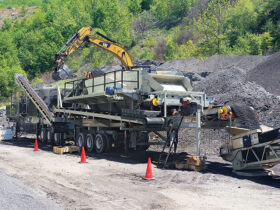Investing in safety is essential for a healthy, happy life. First aid training provides invaluable skills to help ensure that we can keep ourselves and others safe from harm.
It gives us the knowledge to respond quickly to an emergency should one arise, allowing us to act with confidence and potentially save lives. This article explores the lifelong benefits of first aid training, including improved problem-solving capabilities, increased resilience in challenging situations, and peace of mind that you are prepared for any eventuality.
With its positive effects on both physical and mental health, first aid training is an investment worth making for anyone who values their safety or the safety of those around them.
The Advantages of Investing in First Aid Training
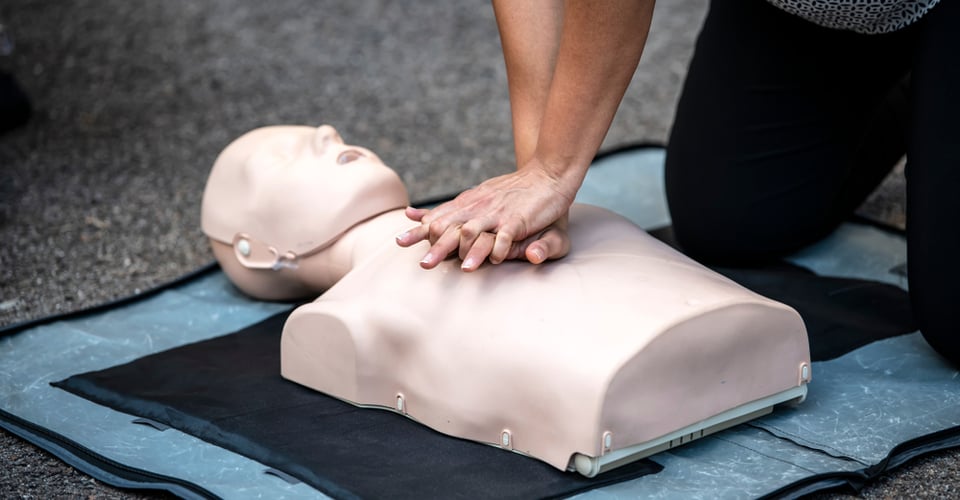
Investing in first aid training can provide several benefits that far exceed the cost of the course. Not only does it equip individuals with life-saving skills, but it also boosts confidence and heightens awareness of potential safety risks.
First and foremost, knowing how to properly administer first aid can be invaluable during an emergency. Being able to respond quickly and accurately could mean the difference between life and death for someone who has suffered an injury or sudden illness.
Knowing what steps to take when faced with medical issues may also help prevent further damage from occurring until professional assistance arrives at the scene. Additionally, being trained in first aid provides more than just physical security; investing in this type of training can bring psychological comfort as well.
By having a deeper understanding of medical procedures, individuals will not only have greater peace of mind but will feel more prepared if ever faced with a health crisis scenario – whether it’s their own or someone else’s well-being they are responsible for protecting. Furthermore, obtaining proper education on safety protocols is a great way to foster responsibility among employees or members within any organization – whether corporate or educational facilities – as it promotes general awareness about potential hazards that might exist within one’s work environment or daily activities. This knowledge gives people tools to remain vigilant in identifying risk factors before they become serious problems requiring quick responses from those around them who have been trained in dealing with such situations accordingly.
In conclusion, learning basic first aid techniques is highly beneficial both personally and professionally – providing lifesaving skills while boosting confidence levels and increasing overall safety consciousness among peers alike. Investing in this type of training offers lifelong advantages which make it well worth the effort involved!
Lifelong Benefits from Knowing How to React in an Emergency Situation
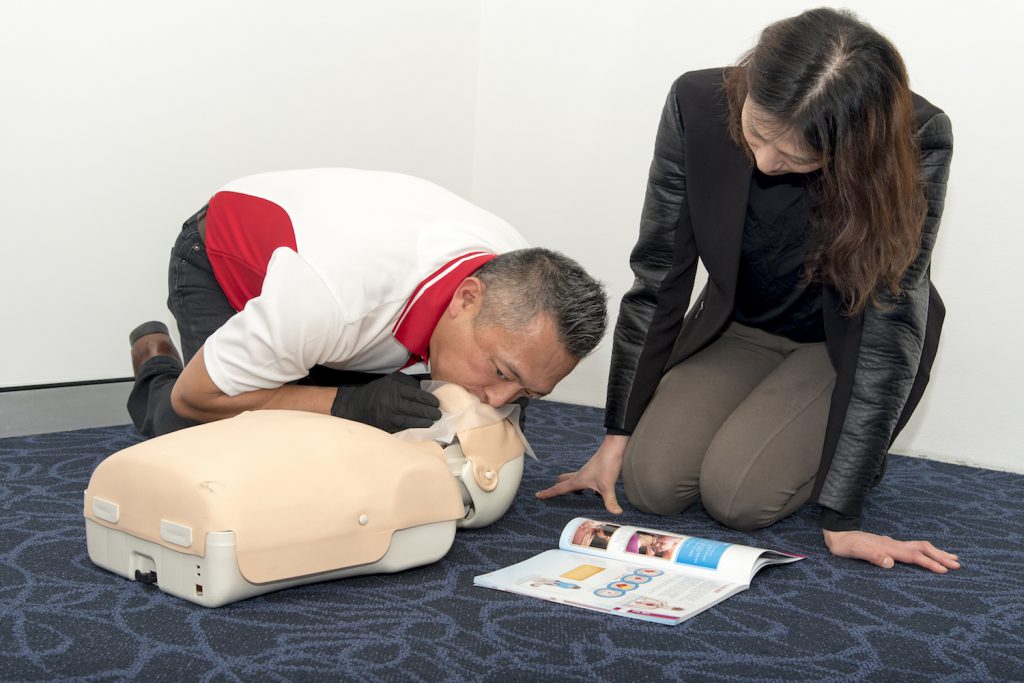
No matter your age, learning the basics of first aid can prove to be a lifesaving skill. Knowing how to react in an emergency is not only important for yourself but also for those around you.
With the right training, you will have the knowledge and confidence to handle any medical issue that may arise, ensuring that everyone involved remains safe. From minor scrapes and bruises to something more serious like cardiac arrest, having basic first-aid skills provides peace of mind knowing that you’re prepared when unexpected circumstances occur.
The benefits of investing in safety go beyond just one moment or situation; they carry with them lifelong advantages for both adults and children alike. Having a solid foundation in understanding how to respond quickly and effectively gives individuals increased awareness of how best to act when faced with an emergency scenario at home or out in public spaces.
Plus, it could even help save someone’s life! After all, being able to remain calm under pressure while providing essential care can make all the difference when time is of the essence. First aid education also helps promote overall well-being and physical safety as people become more aware of potential hazards within their environment that require immediate attention such as broken bones or drowning incidents.
Equipping oneself with knowledge about what action needs to be taken during potentially hazardous situations allows people greater control over their destiny should something unfortunate happen unexpectedly — giving them reassurance against catastrophe whenever possible
From Home Safety to Workplace Accidents: A Comprehensive Approach to Injury Prevention Through First Aid Education
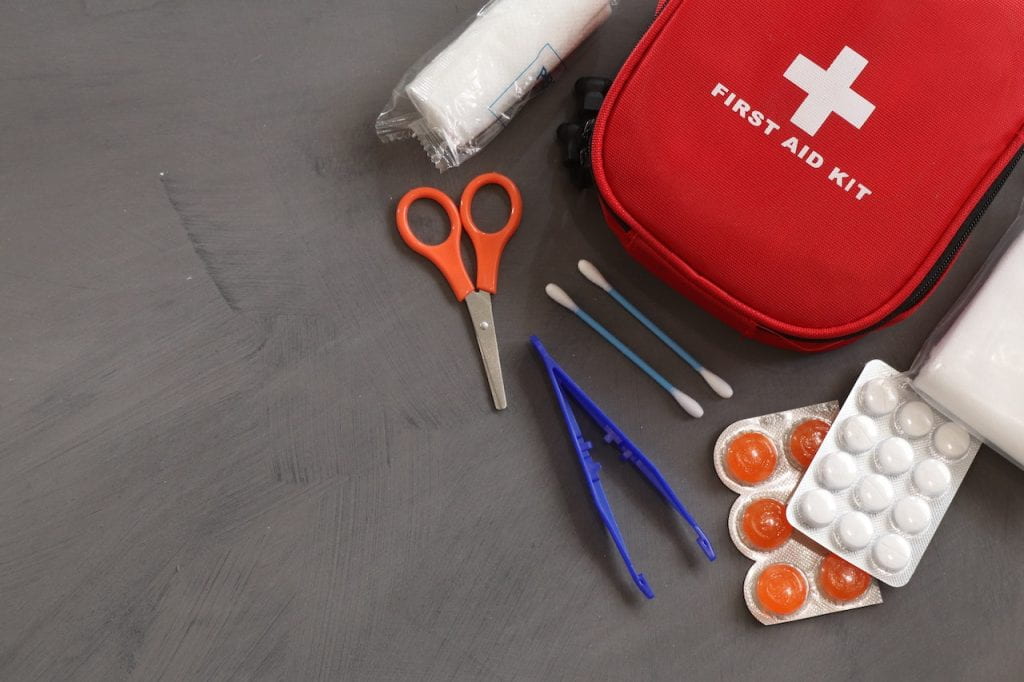
First aid training can be a valuable tool in preventing injuries, both at home and in the workplace. From safety precautions for a young child to specialized procedures for an industrial setting, first aid education provides people with the skills needed to safely respond when accidents occur.
Investing in first aid training is an investment that will pay off over time—not only from avoiding serious injury but also through increased confidence and self-assurance. At home, even everyday activities can cause unexpected harm if not handled properly.
Parents should equip themselves with the knowledge of how to best protect their children from potential dangers lurking around every corner. First aid classes can teach parents about common hazards like sharp objects or hot stoves as well as provide them with proper techniques on how to treat minor cuts or scrapes.
Furthermore, learning what steps need to be taken in the event of more serious medical emergencies is essential for any caregiver’s peace of mind and could potentially save a life one day. In the workplace too, investing in safety pays dividends far beyond just financial savings due to accident prevention efforts – it also promotes employee morale and overall satisfaction while increasing productivity levels since workers can focus better without fear of injury looming overhead all day long.
Through comprehensive first aid instruction, employees learn how best handle hazardous situations quickly and safely while also understanding specific risks associated with their job duties such as those related to machinery operation or certain chemicals used within facilities which helps create a healthier work environment overall. Ultimately, everyone stands to benefit from possessing basic first aid knowledge whether at home or on the job so they’re prepared for whatever might come next – no matter where they find themselves!
Conclusion
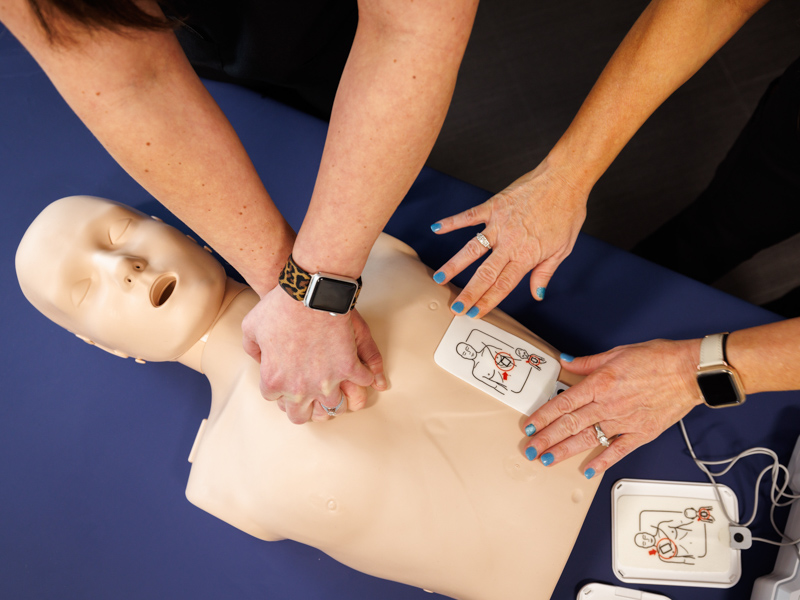
Investing in safety is an important part of taking care of yourself and those around you. First aid training can provide lifelong benefits, such as being prepared to help others in the event of a medical emergency.
Having the knowledge and confidence to respond quickly and effectively in an emergency can be a lifesaver for someone who needs immediate medical attention. To get started on your first aid journey, consider signing up for a class from CPR Certification Now at https://cprcertificationnow.com. With their comprehensive courses, you will gain the skills needed to confidently handle any unexpected injury or illness that comes your way.



